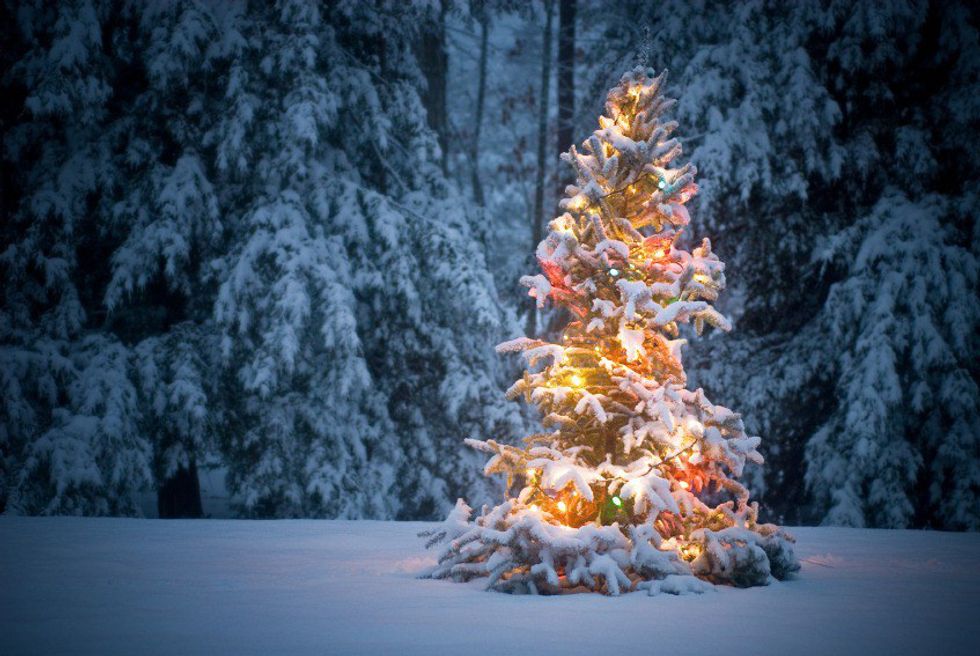Unlike most years, it seems that winter has decided to take a longer vacation than everyone expected. We are currently finishing up November and, here in the Midwest, there has only been one snowfall that completely melted by the end of the day. The temperatures have been unseasonably high and it feels like fall has claimed November as its own.
Although I am enjoying the warm weather, it is slightly concerning to me, and I assume others are wondering the same things as I am: why is the weather so warm? Is it because of global warming? Will there be snow for Christmas? And if winter is starting later does that mean it will last longer?
When trying to understand the odd weather many people jump to the idea of global warming, but this particular weather event is not a direct result of global warming. Yes, the Earth has been following a trend of overall rising temperatures; however, the cause of this unseasonably warm November lies elsewhere.
Another logical explanation for the temperature fluctuation might be El Nino or La Nina effects because they involve warmth and cold respectively. Since the temperatures have been higher than normal it seems safe to assume that El Nino is the cause. Now we are getting closer, but that still is not quite the answer. Below is what typically happens during El Nino years. The colder air is generally above the blue line while the warmer air hangs around the purple.
Avoiding the scientific explanation, when El Nino occurs the western parts of the United States experience warmer than usual weather during the fall, the southeastern parts are wetter than usual, and the Midwest is drier than usual. It is true that El Nino is happening this year, but it has not taken full effect yet. Since the Midwest is having above-average warmth while the west side of the United States is actually pretty cold, there must be another player in the climate game.
What is going on is actually because of the Arctic Oscillation. Now this might sound scary, but the Arctic Oscillation is just the pattern of the winds over the northernmost reaches of the globe. These arctic winds can be either positive or negative.
When the Arctic Oscillation is negative the cold winds are pushed away from the north and cause stormy weather over middle longitudes, i.e., the Midwest. When the Arctic Oscillation is positive the cold winds remain contained to the Polar Regions. Right now we are experiencing a positive Arctic Oscillation, which makes everything unseasonably warm.
The Arctic Oscillation combined with El Nino is going to make for an interesting start to the winter, but on to the most important question: will there be snow for Christmas?
Although no one can be sure, it seems pretty safe to assume that there will be snow for Christmas, at least for the northern states in the lower 48. The unusually warm temperatures are predicted to drop within the next few weeks and snowflakes should be expected by Thanksgiving. Hurray! There should be a white Christmas! But will there also be a white Easter?
Because of its late arrival, winter is expected to stick around a little longer than usual. According to the Old Farmer’s Almanac this winter is going to be a cold one and will stick around for awhile, but don’t worry, the snow fall won’t be as severe as last year. If all goes well we will have a white Christmas and a green Easter.
























